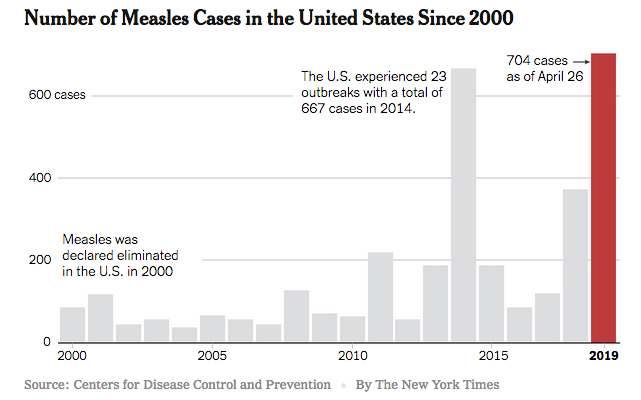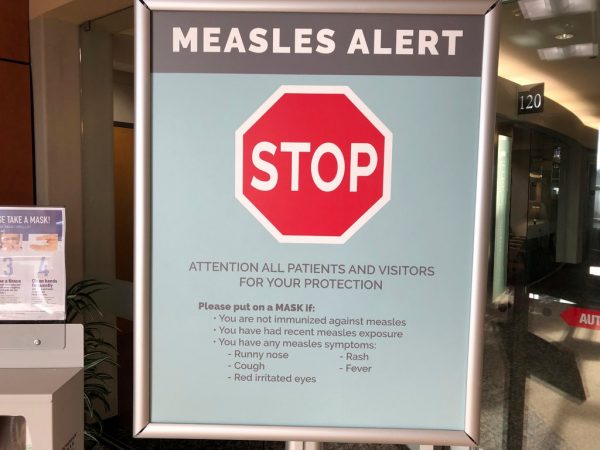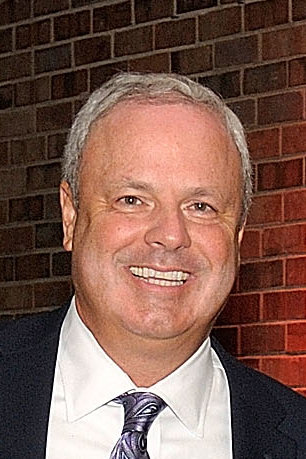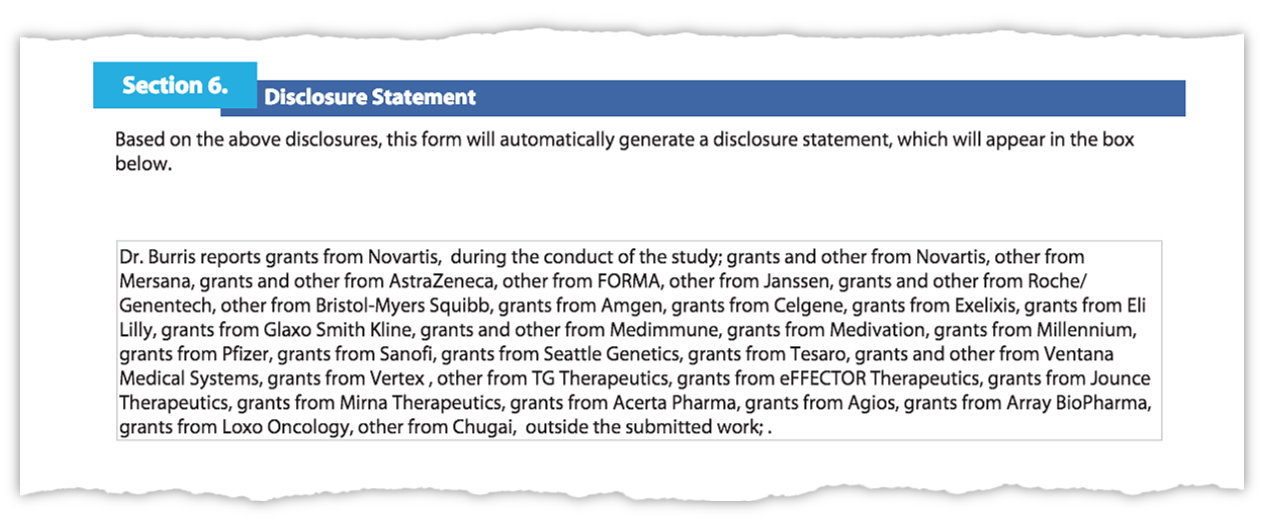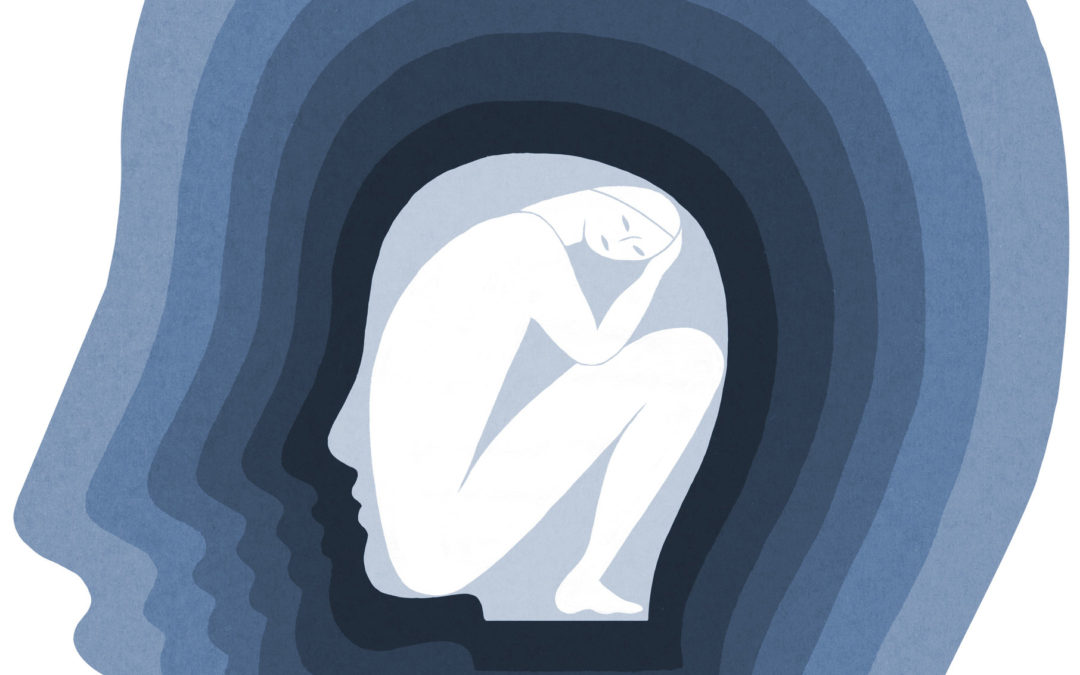
Suicide: The Final Act of Mental Illness.
Here is an article and POV that presents a clear set of ideas that are supposedly going to address a suicide problem. According to the way it is written, suicide is not primarily an inherent mental health problem, but a situational problem.
With all due respect to Dr. Barnhorst’s sympathies, I find it hard to accept her position.
Take this sweeping statement of hers:
“We need to address the root causes of our nation’s suicide problem — poverty, homelessness and the accompanying exposure to trauma, crime and drugs.”
I’m not a doctor, nor have I delved deeply into the study of suicide. I do however, possess a deeply felt core belief on the causes of suicide. I refer to causes NOT involving religious fanatical or martyrdom scenarios, assisted suicide of terminally ill, suffering patients, and cases of exceptionally damaging early childhood abuse.
With these exclusions, my belief on suicide causes and attempts is grounded mostly in biological mental illness. Whether it starts, or ends, in a profile of poverty, homelessness, unemployment, or broken families, the final act, or attempt, of taking one’s own life, can not be responsibly assessed outside of a serious mental illness that lives in its own vacuum.
Dr. Barnhorst makes some good points about the complexity of suicide prevention, citing the frequent lack of clear advance signals, the dearth of community mental health resources, and need for more research, but she also implies that health providers are guilty for understating the risk by writing…
“…mental health providers perpetuate the narrative that suicide is preventable, if patients and family members just follow the right steps.”
I believe this is an unfair overstatement without supportive data. It is, after all, only her opinion. I do not believe mental health providers as a whole, perpetuate this narrative. Its not that easy to categorize their settled positions, with such a tidy statement.
She also writes:
“If we ignore all this, and keep telling the story that there is a simple solution at hand…”
Again, this is an unfair assessment of the professionals in the field underestimating a complex problem with simple approaches.
There’s also this piece of data she draws from: “According to a 2016 study, almost half of people who try to kill themselves do so impulsively. One 2001 study…found that roughly a quarter considered their actions for less than five minutes.”
Does this mean they are free of pre-existing mental illness? I think not. In cases where they thought about it for less than five minutes. So what? Five minutes, Five hours, Five days. Five months. The logical profile is that they are pre-disposed to begin with. Just because they survive and function to that point, doesn’t mean there’s not an underlying problem waiting for the right trigger
While it is simple to prescribe medication and hope for the best, I don’t believe the vast majority of professionals treating mental health, think there is a “simple solution” to suicide. Its an exaggerated statement that is guilty itself of simplifying the situation
Dr. Barnhorst’s essay wanders off its own intended focus. Several paragraphs can be taken independently as a counter argument to the paragraph preceding it, or the one following. One could swap the sequence of them, and come up with a different conclusion and final headline.
In digesting the entire piece, what the good doctor ironically does, is illustrate just how easy it is to make arguments for addressing mental illness to prevent suicide before going on to societal causes.
Suicide prevention is a tough subject to tackle, precisely because it doesn’t make sense to rationally thinking people. Any more so than explaining a cold blooded murder. This is not to say that life is not difficult, tremendously difficult, for some people, who live with chronic depression, or manage levels of desperation o a day to day basis.
What I think happens sometimes, in all of us, is to try and explain destructive human behavior with reasoning, where no reasoning exists. Arguably, that is why mental illness is not easy to treat in the first place. You can’t have a brain swapped out for a fresh one. You can’t pull out and plug in a defective gene or brain part as needed. It’s mental illness.
Many of Dr Barnhorst’s observations are on target, but, the brains and minds that trigger suicidal thoughts and actions, on their own, with or without, external triggers, do exist. They are their own thing. They are part of the mix of the same humanity that, thankfully, gives us far far more who choose to go on living, in spite of hardships, or challenges.
After reading this article, I spoke at length with two people on the subject. One who had lived through a close friend’s attempted suicide, and another who has studied statistics on the odds of attempted suicide. I learned how complex the road to vulnerability can be in people who contemplate, or carry out their suicide. The question of determining a pre-existing mental illness feeding that vulnerability, is loaded with risk of unfairly labeling people, or worse, missing high risk individuals entirely.
Maybe, the conversation is better served by not describing mental illness to assess risk, but, by describing vulnerability instead. Hard enough.
For those without a subscription, article pasted in below.
The Empty Promise of Suicide Prevention
Many of the problems that lead people to kill themselves cannot be fixed with a little extra serotonin.
Via NYTimes, By Amy Barnhorst
April 26, 2019
SACRAMENTO — If suicide is preventable, why are so many people dying from it? Suicide is the 10th leading cause of death in the United States, and suicide rates just keep rising.
A few years ago, I treated a patient, a flight attendant, whose brother had brought her in to the psychiatric crisis unit after noticing her unusual behavior at a wedding. After the ceremony, she quietly handed out gifts and heartfelt letters to her family members. When her brother took her home, he noticed many of her furnishings and paintings were missing. In her bathroom he found three unopened bottles of prescription sleep medication.
He confronted her, and she admitted that she had donated her possessions to charity. She had also cashed out her retirement account and used the money to pay off her mortgage, her car loan and all of her bills.
When I interviewed her, she said that for the last four months, doing anything — eating, cleaning her house, talking to her neighbors — had taken colossal effort, and brought her no joy. She felt exhausted by having to live through each day, and the thought of sustaining this for years to come was an intolerable torment.
After evaluating her, I told her that I thought she was experiencing an episode of bipolar depression, and needed to be committed to the hospital while we started treatment. She shrugged and gave me her most troubling response yet: “I don’t care.”
One of the reasons I remember this woman so well is that, of all the patients I have evaluated for suicide risk, she was an anomaly. She had a sustained and thought-out commitment to ending her life. Fortunately, that allowed her to be discovered, and her family was able to quickly get her into emergency care. She responded well to lithium, one of only two psychiatric medications shown to reduce suicide (the other is an antipsychotic, clozapine). Her depression lifted slowly and she began to remember the things that made her life worth living.
She was exactly the kind of suicidal person that psychiatrists are set up to help — someone with an undiagnosed but treatable mental illness who just needs to be kept safe from herself until an effective medication kicks in.
Most suicidal patients I see follow a different pattern, like the one a resident presented to me recently. A middle-aged woman with no psychiatric history was brought in after overdosing on ibuprofen. She had recently become homeless. After seven years of sobriety, she had relapsed, taking methamphetamine to stay awake at night after she was sexually assaulted in the park where she had been sleeping. She had no supportive family, no insurance, no source of income and no education beyond high school.
She didn’t see a way out of her situation. So she walked into a pharmacy, grabbed a bottle of ibuprofen and went into the bathroom, where she choked down as many pills as possible before someone walked in.
I asked the resident how he planned to help her while she was in the hospital. After a pause, he suggested meekly, “Start her on an antidepressant?”
I could tell he knew how ridiculous it sounded.
As doctors, we want to help people, and it can be hard for us to admit when our tools are limited. Antidepressants may seem like an obvious solution, but only about 40 percent to 60 percent of patients who take them feel better. And while nearly one in 10 Americans uses antidepressants, there is very little convincing evidence to show that they reduce suicide.
This is because many of the problems that lead to suicide can’t be fixed with a little extra serotonin. Antidepressants can’t supply employment or affordable housing, repair relationships with family members or bring on sobriety.
Suicide prevention is also difficult because family members rarely know someone they love is about to attempt suicide; often that person doesn’t know herself. The flight attendant’s extensive planning is unusual; much more common is the grabbing of whatever is at hand in a moment of despair.
According to a 2016 study, almost half of people who try to kill themselves do so impulsively. One 2001 study that interviewed survivors of near-lethal attempts (defined as any attempt that would have been fatal without emergent medical intervention, or any attempt involving a gun) found that roughly a quarter considered their actions for less than five minutes. This doesn’t give anyone much time to notice something is wrong and step in.
Nonetheless, mental health providers perpetuate the narrative that suicide is preventable, if patients and family members just follow the right steps. Suicide prevention campaigns encourage people to overcome stigma, tell someone or call a hotline. The implication is that the help is there, just waiting to be sought out.
But it is not that easy. Good outpatient psychiatric care is hard to find, hard to get into and hard to pay for. Inpatient care is reserved for the most extreme cases, and even for them, there are not enough beds.
Initiatives like crisis hotlines and anti-stigma campaigns focus on opening more portals into mental health services, but this is like cutting doorways into an empty building.
And yet there are things we can do to prevent suicide. One of the few tried-and-true strategies is reducing people’s access to lethal tools, so that if they do sink into hopelessness, any attempt they make most likely won’t be fatal. If my first patient had had a gun in her house, she wouldn’t have made it to me. If my second patient had grabbed acetaminophen instead of ibuprofen, she might not have either. Averting death in that impulsive moment of despair is crucial to reducing suicide rates. Contrary to popular opinion, only a small fraction of people who survive one serious suicide attempt go on to die by another.
The decision to stop living is one that people arrive at by different paths, some over months, but many in a matter of minutes. Those people won’t be intercepted by the mental health system. We certainly need more psychiatric services and more research into better, faster-acting treatments for severe depression and suicidal thoughts, but that will never be enough.
We need to address the root causes of our nation’s suicide problem — poverty, homelessness and the accompanying exposure to trauma, crime and drugs. That means better alcohol and drug treatment, family counseling, low-income housing resources, job training and individual therapy. And for those at risk who still slip past all the checkpoints, we need to make sure they don’t have access to guns and lethal medications.
If we ignore all this, and keep telling the story that there is a simple solution at hand, the families of suicide victims will be left wondering what they did wrong.
[If you are having thoughts of suicide, call the National Suicide Prevention Lifeline at 1-800-273-8255 (TALK) or go to SpeakingOfSuicide.com/resources for a list of additional resources.]
Amy Barnhorst is the vice chairwoman of community psychiatry at the University of California, Davis.


